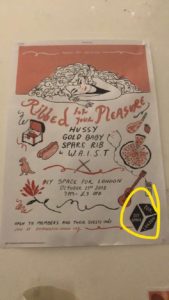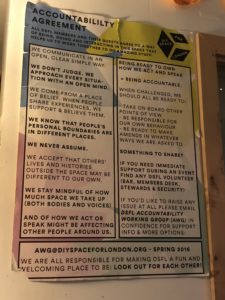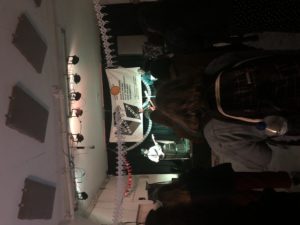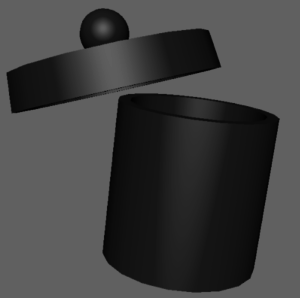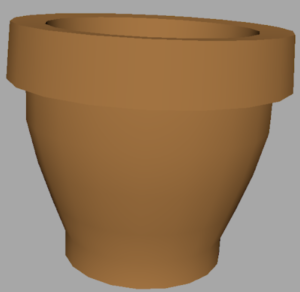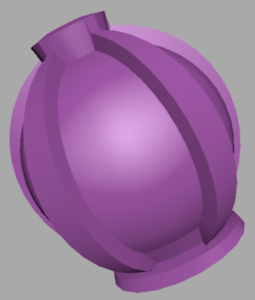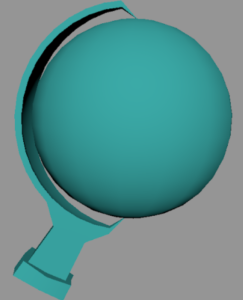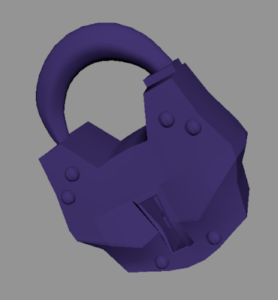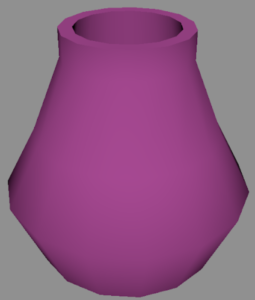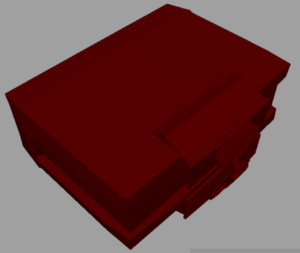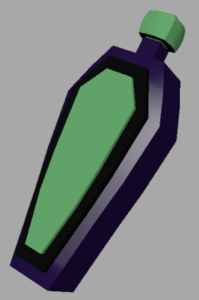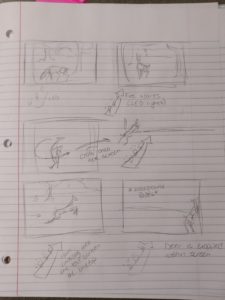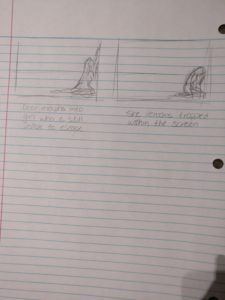2 Industry Events I attended:
(I will also be attending a networking event called women n words next week that focuses on women in the music industry & an event put on by Sandbox for music industry professionals & students)
The Two Events I attended, and actually had the opportunity to volunteer at this semester in London were:
-Lesbians Who Tech
-DIY Space for London
Lesbians Who Tech is an event that was cosponsored by Facebook (and held at the facebook HQ), Spotify, Google, JPMorgan, Microsoft, and about 10 other well-known tech and media companies. (website link below) This event is put on in order to gain insight from various heads of companies/CEOs from the companies listed above, as well as network with LGBTQ+ & allies in the digital media/tech industry. It is one of the only events in the world that provides a community feeling to queer people in the media industry who feel that although the world may sometimes be against us, we can rise to become CEOs, leaders, and educators. This event (when it occurred in NYC) was actually the most attended LGBTQ networking event to ever occur in history and included prominent speakers such as Hillary Clinton.
My main goal in attending this event, besides meeting some amazing people, was to get insight into my thesis ideas and career-goals. I was able to speak with software engineers and UX Designers from Spotify, Google, and Microsoft who told me I had a solid and unique idea, which made me feel more confident in the progress of this project. All of them agreed that using Adobe XD was the perfect prototyping tool and one told me eventually build the app in “meteor”. Overall, this event gave me the confidence I needed in knowing that I can finalize this project on my own. If so many amazing women can rise to become CEOs and heads of huge companies, I can build an app (and learn to build an app) on my own.

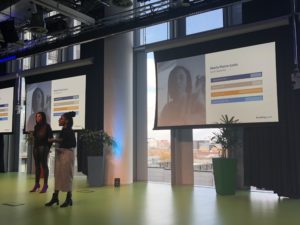
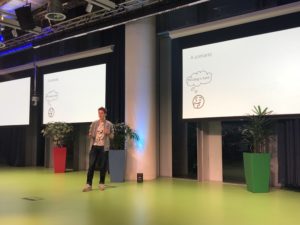
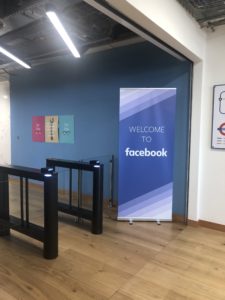
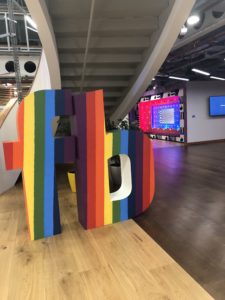
DIY Space for London is a small community that puts on shows similar to the NJ DIY shows that I follow at home. They have an amazing volunteer system that encourages newcomers & seasoned music lovers to participate in their shows and contribute their strengths. It’s basically my app-except they collaborate in one music venue. They use a forum space called “Loomio” & have their own website (below) to discuss any sort of matters- promotion, art direction, finances, collaboration, etc. I may look into this for the forum portion of my app. What I loved most about this space is their “Accountability Agreement” which I will post below. This keeps the space safe, which I strive to do with my app. I don’t want any funny business on my app– in the past on the NJ DIY FB page, there have been some issues with offensive comments, offensive bands, etc. People are ultra sensative, which means I need to be ultra careful. Additionally, they have an art collective that basically meets in their building weekly and designs event flyers for whatever shows they are having — and they are BEAUTIFUL. Overall, DIY Space for London is great because they are very organized, they take it a step further than just a FB page, and they keep a community and welcoming feeling.
